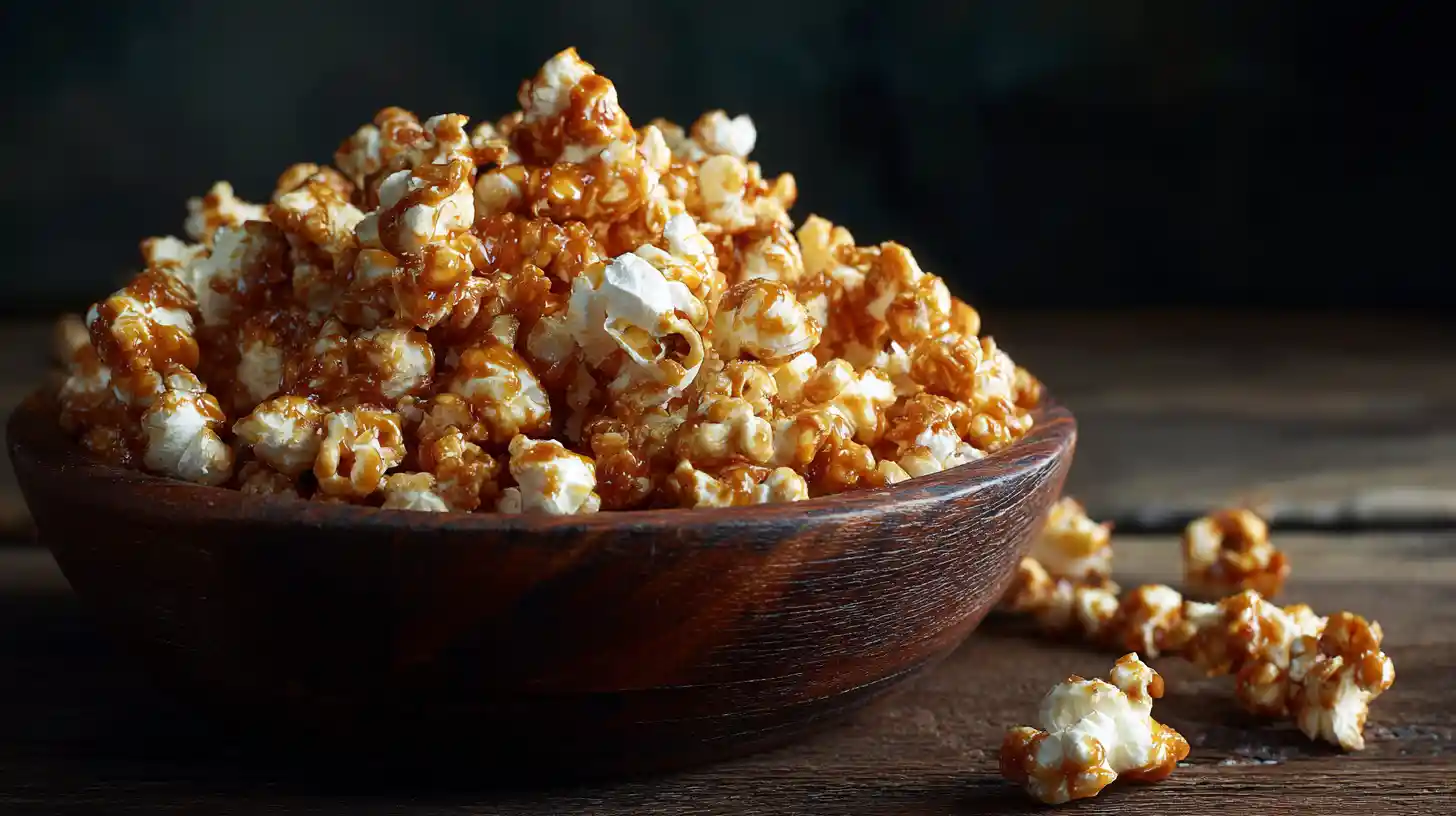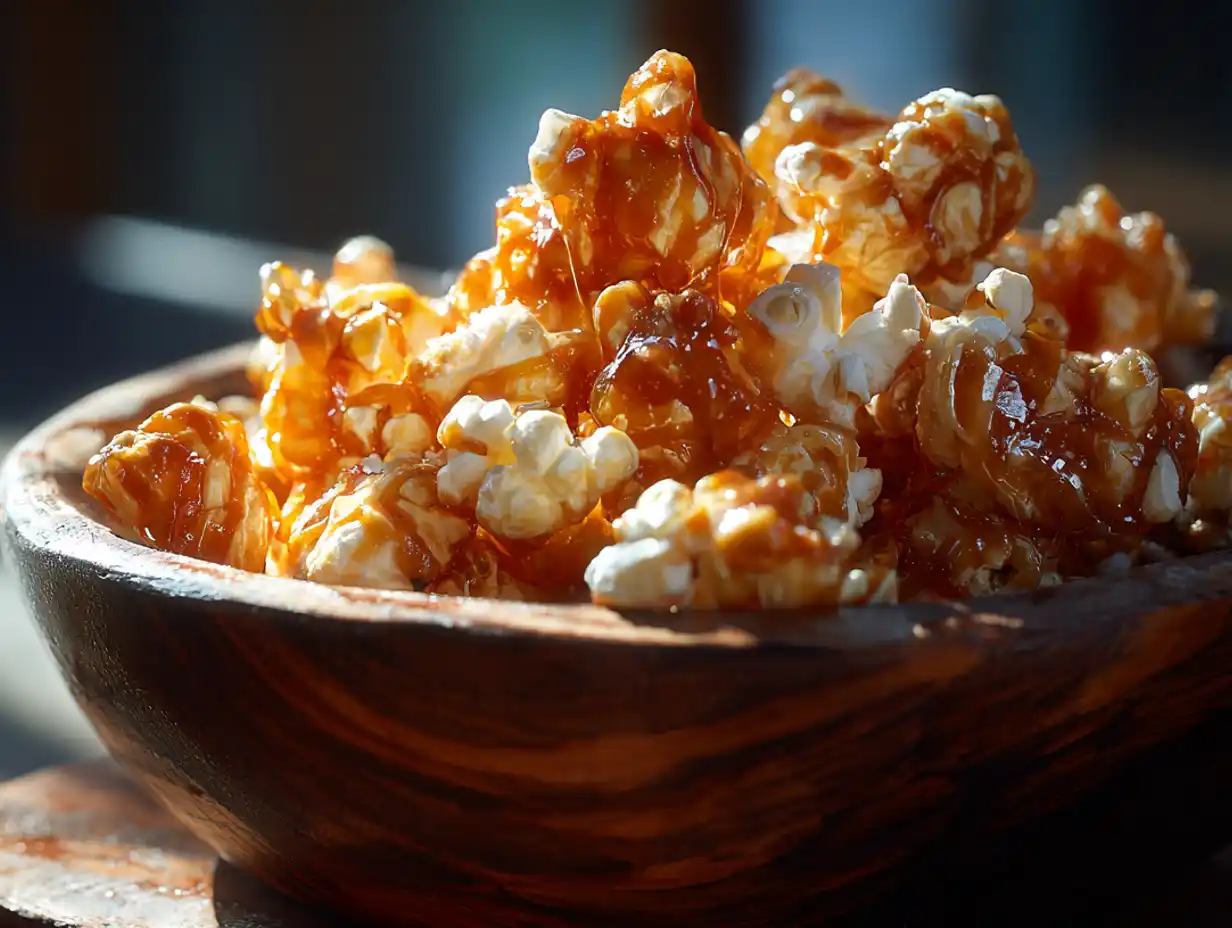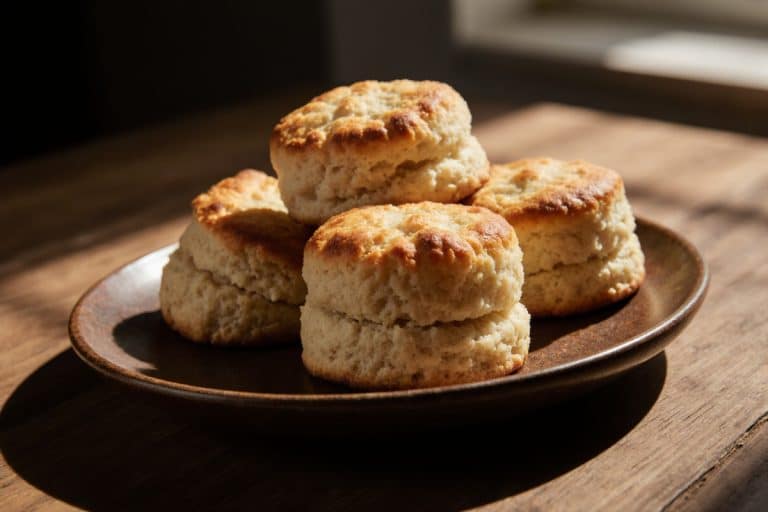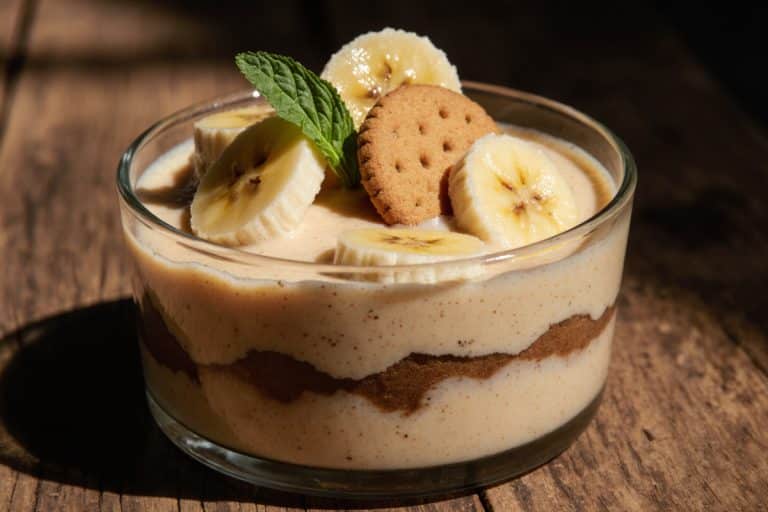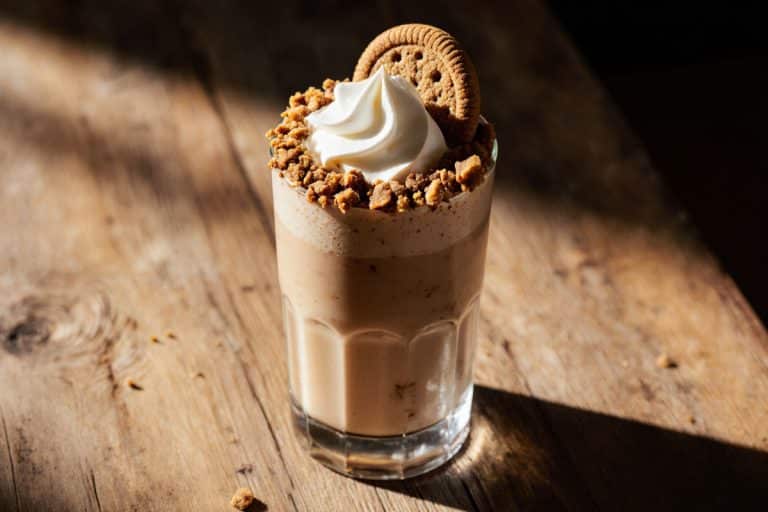Gordon Ramsay Caramel Popcorn: Never Make Sticky, Chewy Popcorn Again
Forget the sticky, chewy, tooth-breaking Gordon Ramsay caramel popcorn you think you know. Most recipes will lead you to a dense, heavy caramel that glues the popcorn together in a solid brick. I know, because I’ve made that exact disaster. I followed generic recipes and ended up with a snack that was more of a dental hazard than a delicious treat. It was a failure of technique.
I’m Dunning Claire. I got tired of the sticky mess. I went back to the source, the original masterclass, and I discovered the truth. The secret to his light, airy, shatteringly crisp caramel popcorn is a single, surprising ingredient that he adds at the very last second. It’s a masterclass in food science disguised as a simple snack. This is the definitive guide to the authentic Gordon Ramsay caramel popcorn—the one with the honeycomb crunch.
The Method: The Unbreakable Laws of Perfect Caramel Popcorn
An authentic Gordon Ramsay caramel popcorn is a masterpiece of texture. It is not chewy. It is not sticky. It is light, airy, and brittle. This perfect result is achieved through a precise system.
- The Popcorn Base: The foundation must be perfect. You will make fresh popcorn in a hot pan with a little oil. The key is to listen. As Ramsay teaches, when the frantic popping slows down to a gentle “pitter-patter” and then stops, your popcorn is perfectly cooked and ready. Using freshly made, hot popcorn helps the caramel adhere better than using cold, bagged popcorn. This is the first step to a great Gordon Ramsay caramel popcorn.
- The “No-Stir” Caramel: This is the first law of sugar work. You will make the caramel by melting sugar in a pan. You must never stir it. As Ramsay says, “never stir a caramel otherwise it crystallizes.” Stirring encourages the sugar molecules to form large, grainy crystals. By letting the sugar melt undisturbed, you create a smooth, clear, perfect caramel base.
- The “Honeycomb” Reaction (The Secret Ingredient): This is the single most important technique that no other recipe will teach you. Just after you have stirred the butter into your finished, dark caramel, you take the pan off the heat and whisk in half a teaspoon of bicarbonate of soda (baking soda). This kickstarts a chemical reaction. The bicarb reacts with the heat and acid in the sugar, releasing thousands of tiny carbon dioxide bubbles. This instantly aerates the caramel, turning it into a light, foamy, brittle honeycomb. This is the entire secret to the unique texture of a Gordon Ramsay caramel popcorn.
- The Quick Toss: Once the honeycomb caramel is foamed up, you must work fast. You pour the freshly popped popcorn into the caramel and toss it quickly and thoroughly to coat each kernel. You then immediately spread it out on a baking sheet to cool. As it cools, the aerated caramel will harden into a light, glassy, shatteringly crisp coating.
Mistake Watchouts: I Made a Sticky, Chewy Brick
My first attempt at making a Gordon Ramsay caramel popcorn was a failure. I made a standard caramel sauce and poured it over the popcorn. It cooled into a single, massive, sticky brick that was impossible to break apart and nearly pulled my teeth out. It was a chewy disaster.
- The Mistake: I Made a Standard Caramel Sauce. I just melted sugar and butter. The result was a dense, traditional caramel that is designed to be chewy, like a candy wrapper. This is the wrong texture for popcorn.
- The Fix: The “Honeycomb” Reaction is non-negotiable. Adding the bicarbonate of soda at the end is the only way to transform the caramel from a dense, chewy candy into the light, airy, brittle coating that defines a Gordon Ramsay caramel popcorn.
- The Mistake: I Stirred My Caramel. I was nervous and kept stirring the sugar as it melted. The result was a grainy, cloudy mess. The caramel crystallized and was completely ruined.
- The Fix: Trust the process. Let the sugar melt on its own. Do not stir it. You can swirl the pan gently if you see one area browning too quickly, but do not put a spoon in it until you are ready to add the butter. This is a fundamental rule for a smooth Gordon Ramsay caramel popcorn sauce.
The Recipe: Gordon Ramsay’s Salted Honeycomb Caramel Popcorn
Gordon Ramsay’s Salted Honeycomb Caramel Popcorn
Ingredients
Equipment
Method
- Pop the Corn: Place a large pot with a lid over medium-high heat. Add the vegetable oil. Once the oil is hot, add the popcorn kernels, cover, and shake the pot occasionally. When the popping slows to almost a complete stop, remove from heat. Pour the popcorn into a large heatproof bowl.
- Make the Caramel: In a clean, heavy-bottomed saucepan, add the sugar and salt. Place over medium-high heat. Let the sugar melt completely without stirring. It will liquefy and turn a deep amber color. You can swirl the pan gently if needed to ensure even melting.
- The Honeycomb Reaction: Once the caramel is a uniform amber color, take the pan completely off the heat. Immediately add the cubed butter and whisk vigorously until it’s melted and fully incorporated. BE CAREFUL, it will bubble.
- Add the Secret Ingredient: While the mixture is still hot and off the heat, add the bicarbonate of soda and whisk quickly. The caramel will foam up violently and turn a lighter, opaque color. This is the honeycomb reaction.
- Coat the Popcorn: Working very quickly, pour the foaming honeycomb caramel all over the popcorn in the bowl. Use a heatproof spatula to toss and fold everything together until the popcorn is evenly coated.
- Cool and Serve: Immediately pour the coated popcorn onto a baking sheet lined with parchment paper and spread it into a single layer. Let it cool completely for about 15-20 minutes. The caramel will harden into a brittle, glassy shell. Once cool, break it apart into clusters and serve.
Nutrition
Notes
Love this recipe?
Give us 5 stars and comment!The Execution: Step-by-Step
- Pop the Corn: Add a tablespoon of oil to a large pot over medium-high heat. Once it’s hot, add 1/2 cup of popcorn kernels and immediately cover with a lid. Shake the pot occasionally. Once the popping stops, remove from heat and set aside.
- Make the Caramel: In a clean, heavy-bottomed saucepan, add the sugar and a generous pinch of salt. Place over medium-high heat. Let the sugar melt, without stirring, until it becomes a smooth, dark amber-colored liquid caramel. You can swirl the pan gently to ensure even melting.
- The Honeycomb Reaction: Once the caramel is ready, take the pan completely off the heat. Immediately stir in the cubed butter until it is fully melted and combined. Then, add the bicarbonate of soda and whisk quickly. The mixture will foam up violently.
- Coat the Popcorn: Working very fast, pour the popcorn into the saucepan with the foaming caramel. Use a spatula to toss and coat the popcorn thoroughly.
- Cool and Serve: Immediately pour the coated popcorn onto a baking sheet lined with parchment paper. Spread it into a single layer. Let it cool completely (about 15-20 minutes). As it cools, the caramel will harden into a brittle shell. Once cool, break it apart and serve.
Sanctioned Riffs (Variations That Respect the Method)
The honeycomb caramel method is sacred for achieving the correct texture of a Gordon Ramsay caramel popcorn. However, you can add other flavors. A pinch of cinnamon or a dash of vanilla extract can be stirred in with the butter. For a spicy kick, a small amount of cayenne pepper can be added with the salt at the beginning.
Plating and Execution
A perfect Gordon Ramsay caramel popcorn is the ultimate party snack. It needs no fancy plating. Serve it in a large, rustic bowl that allows guests to grab a handful. The beauty is in the texture—each piece should be individually coated and shatter in your mouth. Unlike sticky versions, it won’t clump together.
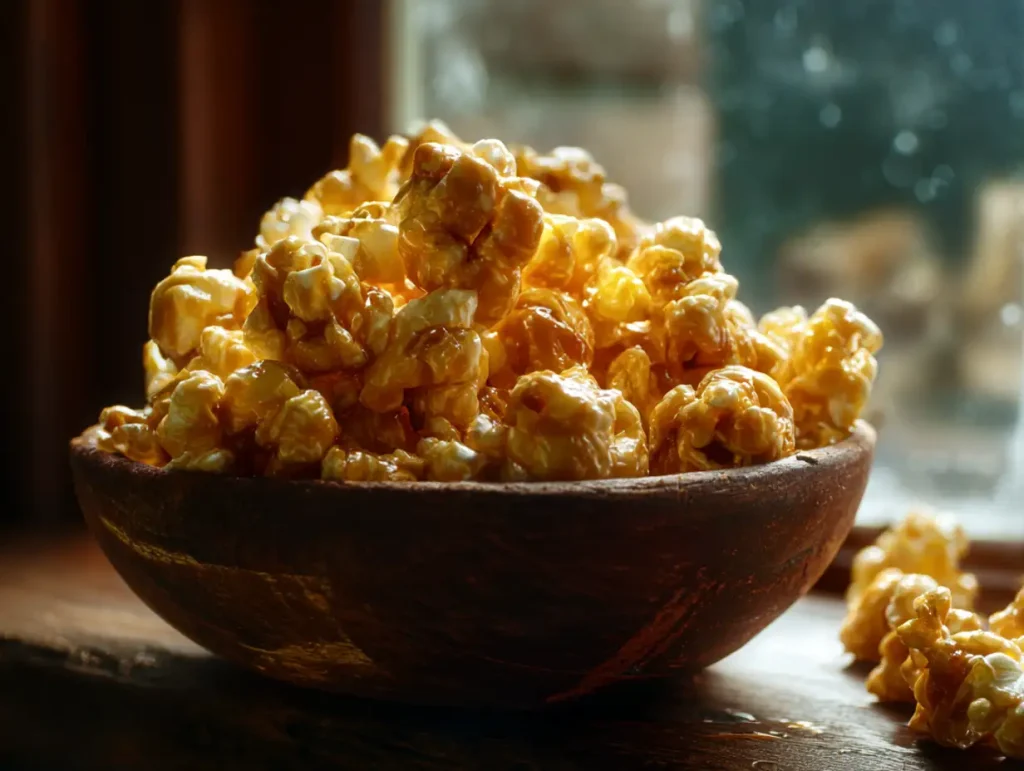
Recipe FAQs
Why did my caramel turn grainy?
You likely stirred the sugar before it was fully melted. Stirring introduces impurities and encourages the sugar molecules to form large crystals. For a smooth caramel, you must let the sugar melt undisturbed. This is a key step for this Gordon Ramsay caramel popcorn recipe.
Why is my caramel popcorn chewy and sticky instead of crunchy?
You missed the secret ingredient: bicarbonate of soda. Adding bicarb to the hot caramel creates a chemical reaction that fills it with air bubbles, turning it into a light, brittle honeycomb. Without this step, you are just making a standard, chewy caramel candy, not the proper coating for a Gordon Ramsay caramel popcorn.
Do I need to add an egg to caramel popcorn?
No. This is a common question, likely from a different type of recipe. For a crisp, brittle Gordon Ramsay caramel popcorn, you absolutely do not use egg. The structure comes purely from the caramelized sugar and the honeycomb reaction.
The Result & Conclusion
When you take the first bite, the result is spectacular. There’s a loud, satisfying CRUNCH. The caramel coating is not sticky or chewy; it’s a light, airy, salty-sweet honeycomb that shatters instantly, giving way to the fluffy popcorn inside. You haven’t just made a snack. You have mastered a piece of culinary science. You have created the perfect, addictive, and truly restaurant-level Gordon Ramsay caramel popcorn.
Your Turn. Get to Work.
You’ve mastered a simple snack and elevated it into a showstopper by focusing on technique. Now apply that same precision to other legendary desserts. Continue your education with the definitive guide to Gordon Ramsay’s Dessert Recipes.

